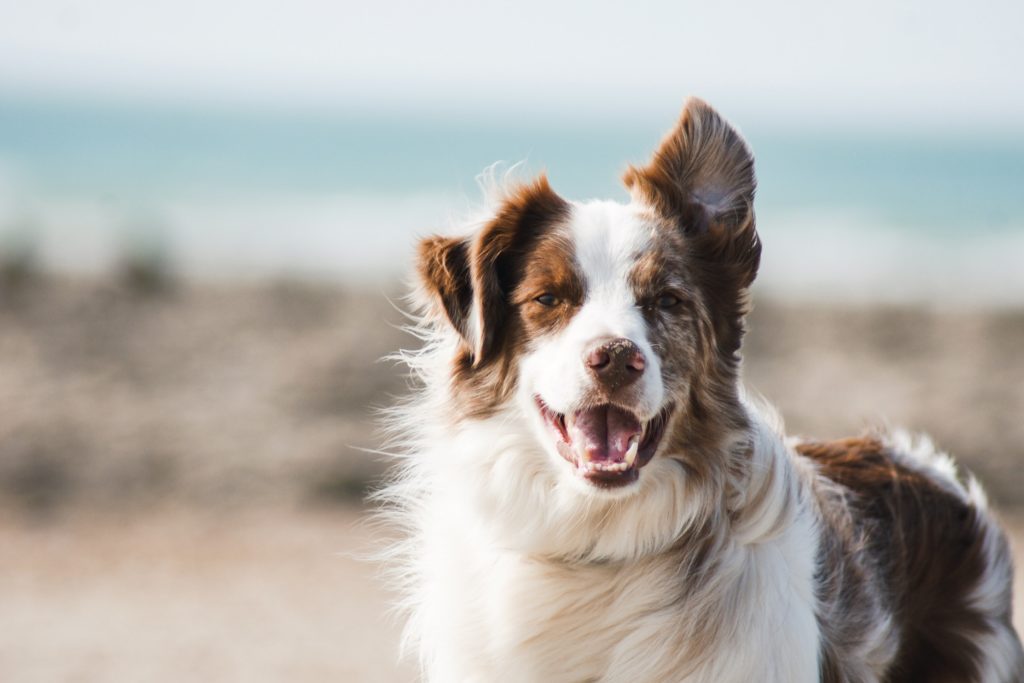From wild animals to our dear companions, every dog of ours has its past, its own origin story, its history.
From beast to man’s best friend
The domestication of the dog is often coined as being one of the most extraordinary events in human history. Our dogs are a domestic descendent of the Gray or Grey Wolf (Canis lupus) native to Eurasia and North America. Gray wolves and dogs diverged from an extinct wolf species some 15,000 to 40,000 years ago.
The exact mechanism of how dogs became domesticated is still the topic of debate amongst scientists. One theory argues that early humans captured wolf pups, then kept them as pets, which in turn domesticated them. This coincides with the beginnings of agriculture approximately 10,000 years ago. The other theory behind the domestication of the wolf has been coined “survival of the friendliest”. In recent years this theory has gained more traction and support from many scientists. “Survival of the friendliest” suggests that wolves largely domesticated themselves among hunter-gatherer people. It highlights that the first domesticated dog would have been a large carnivore that would have competed with hunter gatherers for food.
Most wolves would have been shy and stayed elusive towards humans as is still noted now in wild wolves. However, the individuals that that were essentially “friendlier”, would have gained access to food and potentially shelter in and around human settlements. These individuals would have had an advantage over other wolves and the selection pressure on friendliness would become stronger through generations of breeding. Either way what is known is humans did at some point begin to select dogs for specific traits and characteristics. Dogs have now been selectively bred into more than 400 different distinct breeds. Through artificial selection humans have managed to pick breed traits to suit specific requirements and job roles. This includes size, colour, and specific behavioural traits.
Dogs around the world
Dogs are considered the most loyal and popular companion animal around the world. Due to this, the dog care industry has grown exponentially to become one of the largest growing industries worldwide. Around the world dogs have been bred and chosen to fulfil specific job roles and fulfil needs of humans. Dogs for example are used for working, hunting, showing and even in public services like the police providing a service that only a dog can offer.
The origins of our dogs
Through archaeological evidence it has been determined that approximately 30-40
million years ago a small dog like mammal evolved and inhabited what is now
Northern Europe, North America and Asia. It was named Miacis, this genus has now
become known as the ancestor of the animals we now know of as the modern dog.
Miacis gave way to the following dog families:
Jackals.
- Wolves
- Foxes
- Dogs
When did the dog become domesticated?
Dogs are one of the first recorded animals to become domesticated from the Wolf, approximately 14,000 years ago in what is now northern Europe. This evidence is supported by the finding of the Bonn-Oberkassel dog which was buried in such a manner that indicated it was taken treated as a pet by humans. Despite this the exact date of the domestication of the dog is still in question. Some more recent DNA studies have suggested that dogs were perhaps first domesticated in Asia approximately 16,000 years ago and brought over to the west. It is now widely accepted amongst evolutionary biologists that in fact wild wolves have gone through at least two independent cases of domestication. One being in Europe and another in Asia. This current understanding reconciles the conflicting information and supports the notion of the domestication of the dog may not have been a singular event.
A dog’s role in society
Dogs have continued to adapt to meet specific needs and fill an indispensable role in society. Dogs have played a huge role in human society for thousands of years. They were important in hunter-gatherer societies as hunting allies and guarding against other predators such as bears. When livestock became domesticated approximately 8000 years ago, dogs served as herders and guardians of sheep, goats, and cattle. These job roles are still very much occupied by dogs today.
The continuation of selecting both behavioural and physical traits has enabled for the multitude of breeds we have today each with a very specific purpose. We see some dogs employed as guides for the blind and disabled or for police work. Dogs are even now being used in therapy in nursing homes and hospitals to encourage patients toward recovery. Dogs and humans continue to share a unique bond today. Dogs have come a long way from early human tribes scavenging for food, and their natural history is something that continues to be extensively studied around the world.




